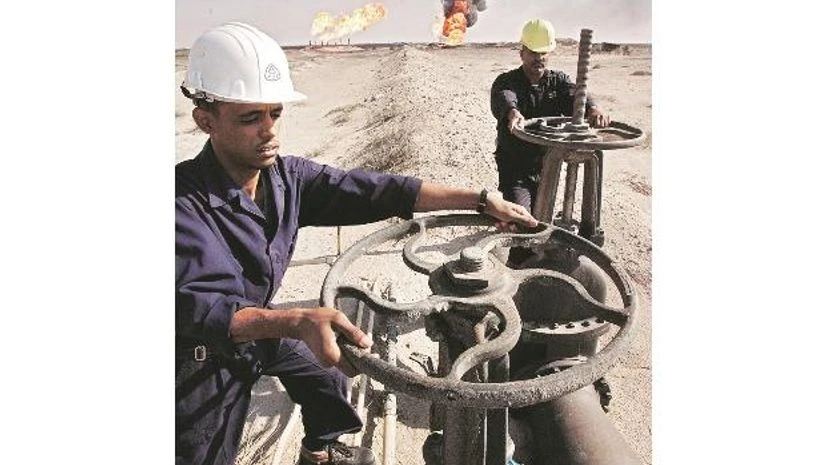The growth in demand for oil in India will overtake that in China by 2027, said a report by the International Energy Agency (IEA) on Wednesday.
'Oil 2023', the multilateral agency’s outlook for the next five years, said China’s demand will fall consistently from 2024 after a massive rise this year. The United States, China, and India are the world’s three largest oil consumers in that order.
IEA raised its forecast for world oil growth demand to 2.4 million barrels per day in 2023, after the Chinese economy rebounded towards growth faster than expected. China will in 2023 account for nearly 60 per cent of global growth in oil demand.
Later, slowing industrial growth and falling domestic consumption will reduce China’s demand.
On the other hand, demand in India is expected to rise steadily. India consumed 222.30 million tonnes of petroleum products in 2022-23: 10.2 per cent more year-on-year.
Global crude output reached an estimated 82.3 million barrels per day till April 2023 due to record production runs in Asia, IEA said.
More From This Section
Global demand
The report predicted a steep fall in the annual growth in demand for oil in the short to medium term.
Electric vehicles (EV) and the oil industry use improved technology and logistics will reduce global growth in demand for oil: from 2.4 million barrels per day now to 400,000 barrels per day by 2028.
IEA said that after 2024 oil demand growth will be less than 1 million barrels per day. "Global oil demand will rise by 6 percent between 2022 and 2028 to reach 105.7 million barrels per day," it said.
Despite this cumulative increase, annual demand growth is expected to shrivel from 2.4 million barrels per day this year to just 0.4 million barrels per day in 2028, putting a peak in demand in sight.
Of this, the largest share of growth would come from petrochemicals (LPG/Naptha) and aviation fuel.
The annual growth in demand for petrochemical feedstocks is expected to reduce at the slowest pace. Petrochemical feedstocks refer to feedstocks derived from petroleum for the manufacture of chemicals, synthetic rubber, and a variety of plastics.
Meanwhile, demand for oil required in the road transport sector is expected to turn negative by 2026. This effectively means, demand for oil as the primary fuel for vehicles would begin to reduce from 2027 onwards.
Oil prices retreated during April and May as concerns over the health of the global economy and oil demand prospects depressed market sentiment.

)
